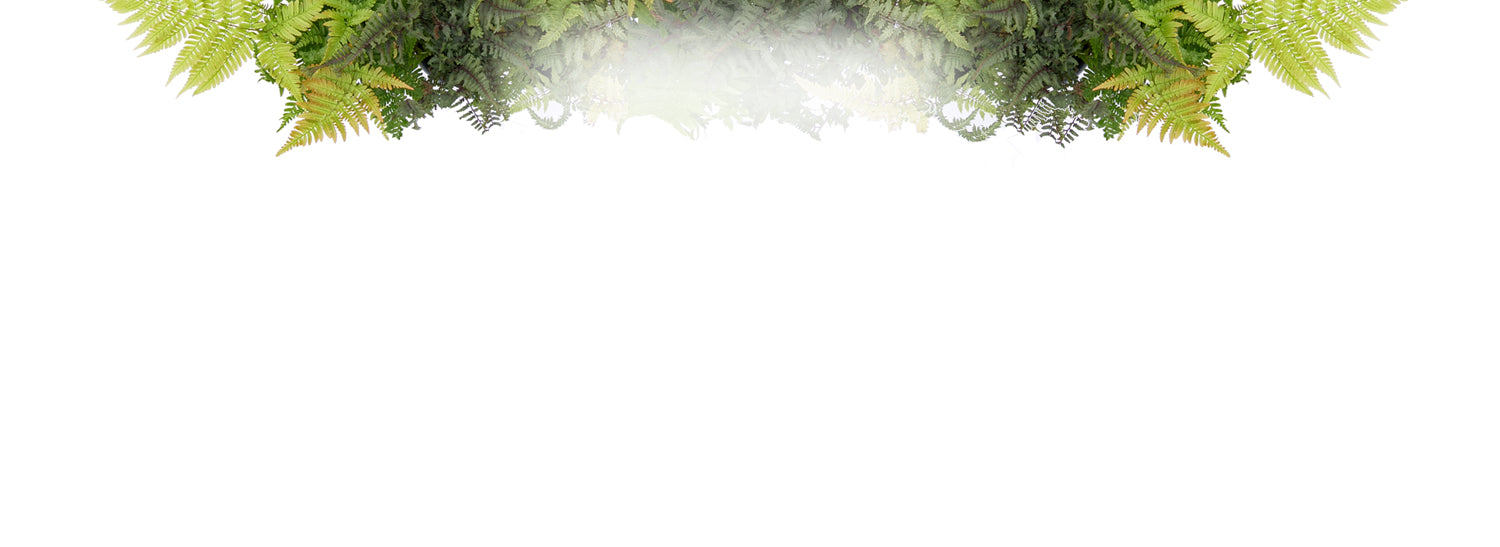Description
Plant spacing is based on the ultimate width of the plants. This figure is normally given as a range; for example, 3-5’. If you live in a cold climate and/or want plants to fill in more quickly, plan to space at the shorter end of the range. If you live in a warm climate, are on a limited budget, or are willing to wait longer for plants to touch, use the higher end of the range. Using the larger number is recommended when calculating distance from a building or structure. There’s really no such thing as "maximum spacing": if you don’t want your plants to touch, you can space them as far apart as you’d like. All plant spacing is calculated on center, or in other words, the centers of the plants are spaced one half of their eventual width apart:

Unless you are planting in a straight line, as you might for hedges or edging, space your plants in a staggered or zig-zag pattern for a more interesting and naturalistic look:

Hand-picked at our greenhouse
Shipped to your door
Arrives as young plant
As summer comes to a close, flowers begin to fade and seed heads begin to take center stage, but this is when bluebeard begins its spectacle! Here, we’ll discuss how to grow bluebeard (Caryopteris) plants, as well as answer frequently asked questions about this pollinator-friendly shrub.
Arrived in good shape and as described
My Sunshine Blue Caryopteris arrived in very good condition. I followed instructions for acclimating them to full sun before planting and they are doing well. I will definitely order from Great Garden Plants as the need arises.



